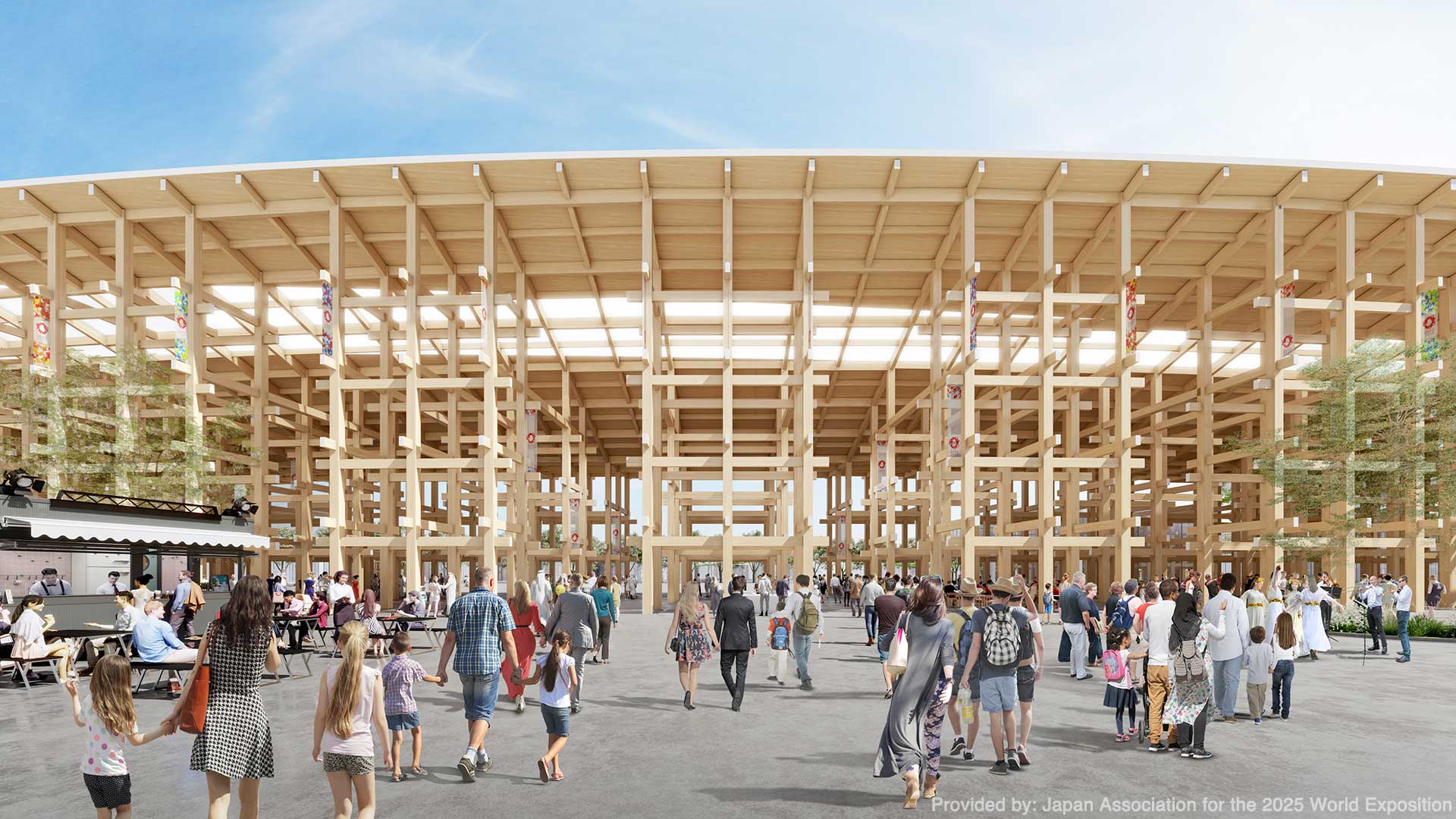


- JAPANESE
- English







| Title | Gerontology synthesis meeting at Expo 2025 Osaka, Kansai, Japan |
|---|---|
| Theme | Cultivate eyes that see the invisible |
| Topic 1 |
Is Gerontology at the Core of a Care-Fitter’s Learning?

|
| Topic 2 |
A Study of Gerontology Based on the Life of Kumagusu Minakata
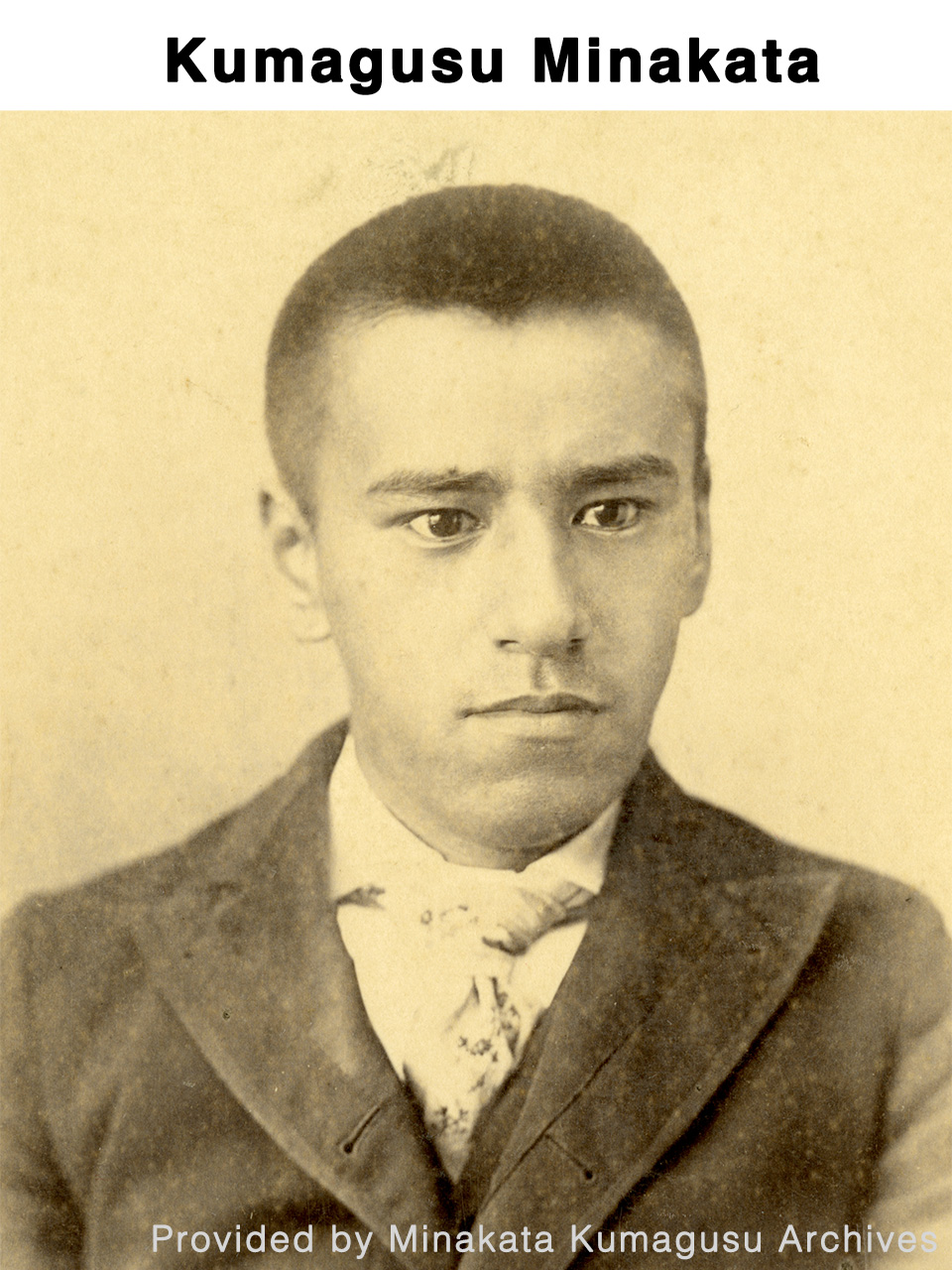
|
| Date & Time | Thursday, October 2, 2025, from 10:30 AM to 6:00 PM |
| Venue | A hybrid event at the Expo 2025 Osaka, Kansai, Japan Future Life Experience Stage and online (Zoom Webinar) |
| How to Participate | Online participants must apply in advance via the special website. (In-person participants do not need to apply.) |
| Participation Fee | Free |
| Organizing organization | The Nippon Care-Fit Education Institute |
| Supporting organizations | Cabinet Office, Ministry of Economy, Trade and Industry, Ministry of Land, Infrastructure, Transport and Tourism, Ministry of Health, Labour and Welfare, Japan Association for the 2025 World Exposition, Osaka Prefecture, Osaka City |
| Cooperative organizations | Minakata Kumagusu Archives, Minakata Kumagusu Museum, Kumano Hongu Taisha Shrine |
| Objective | In Japan, which is facing a super-aging and declining birthrate society and has entered the 100-year life era, the goal is to create an opportunity to think through gerontology. This will help us design a vibrant future society where diverse people can live authentically throughout their lives, and to share these ideas with the world. |


Overall image of the Expo site
Future Life Experience
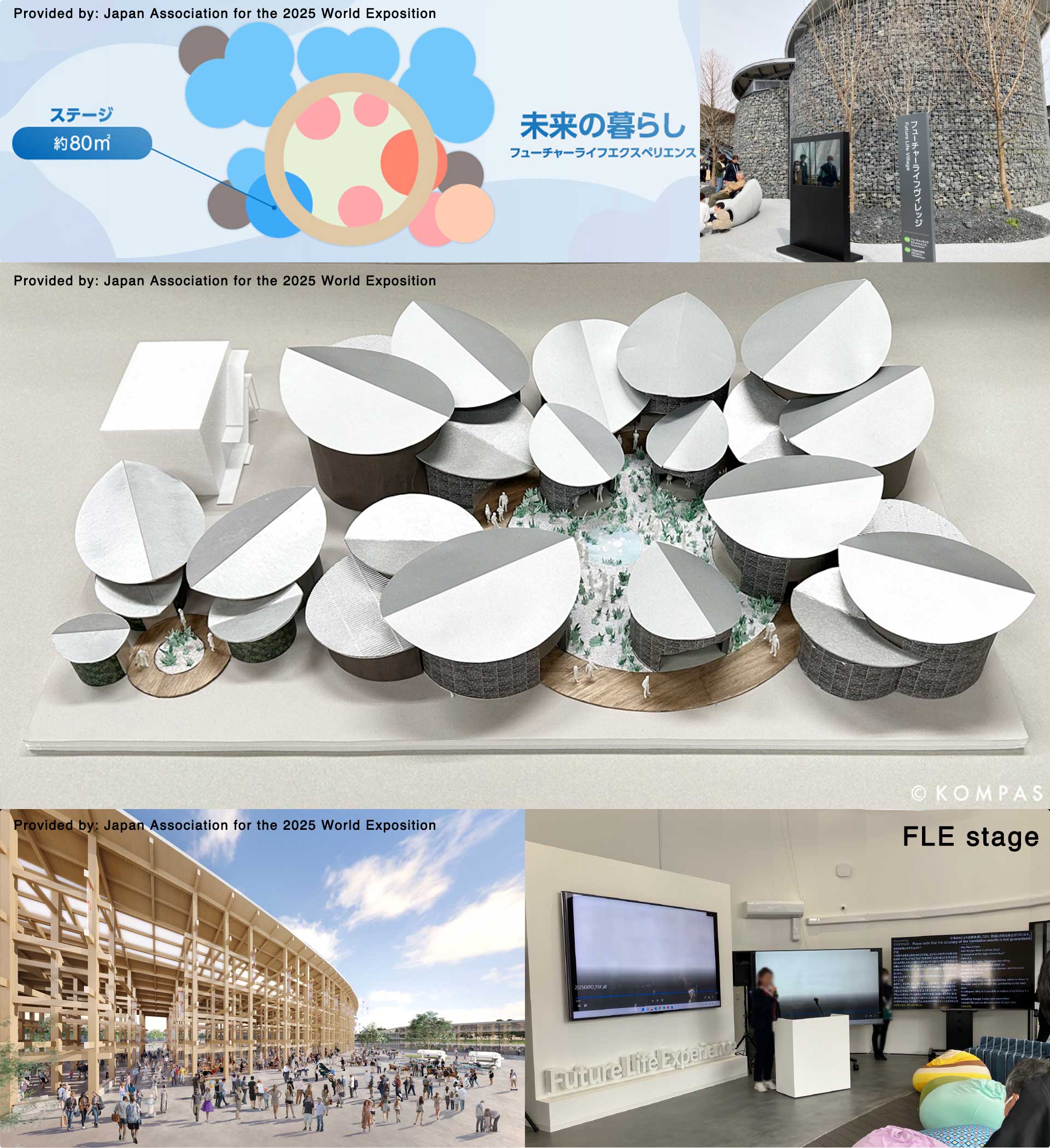
Theme:Cultivate eyes that see the invisible
As Japan enters a super-aged society, the structure of society has undergone complete transformation, with a 100-year lifespan and an aging population with a declining birthrate. In order to alleviate labor shortages, an increasing number of companies are revising their mandatory retirement systems and raising the age for re-employment contracts.In this situation, we believe it is essential to transform society and the environment, and to realize a harmonious, inclusive, and co-existing society in which diverse people, including young people and older people, respect and utilize each other.
The Nippon Care-Fit Education Institute, formerly The Nippon Care-Fit Service Association, has been working toward an inclusive society since its establishment in 1999, anticipating the arrival of a super-aging society.
In 2000, they launched the Care-Fitter certification system, which equips individuals with the spirit of hospitality and proper assistance techniques.
As of April 2025, more than 230,000 Care-Fitters are active in communities. At the core of their training is “gerontology.”
Gerontology is the scientific study of the aging process, examining the physical, psychological, and social changes that occur with age from multiple perspectives, including medicine, psychology, sociology, economics, biology, ecology, and environmental science.
While it is often perceived as the study of older adults, gerontology is, in fact, the study of each individual’s life from birth to death. It is also a philosophy that encompasses a broader view, including the roots of life that connect us from our ancestors to our descendants.
Gerontology is a philosophy that shapes each person’s individual worldview and outlook on life. It encourages us to continuously contemplate the purpose of our birth and existence, to question our self-worth, and to seek hope amid our struggles.
In a diverse society, the core theme of gerontology is to create a livable environment and a sense of belonging for everyone. This is achieved through dialogue, mutual learning, and collaborative growth. This conference will be held to delve deeper into the philosophy of gerontology.
This Gerontology synthesis meeting will first explore the relationship between the Care-Fitter program and gerontology, examining why gerontology is at the core of a Care-Fitter’s training.
Next, we will examine gerontology through the life of Kumagusu Minakata, hailed as a “giant of knowledge.” Living from the late Edo period to the early Showa era, Minakata was a pioneering figure in modern Japanese natural history and folklore, as well as an early representative researcher of botany, slime molds, and algae in Japan. While his life is often described as fierce, we will have a multi-faceted discussion with experts to explore how his life itself embodies gerontology.
In summary, during this transformative period from a material to a consciousness-based society, we will create a new value for and define gerontology. We will also propose how we can use gerontology to guide our actions toward a vibrant future society.
This hybrid event, centered on the Expo 2025 Osaka, Kansai, Japan Future Life Experience Stage with an online focus, will send a message to the world about realizing a harmonious, sustainable, and inclusive society.
Kumagusu Minakata (May 18, 1867 – December 29, 1941) was a Japanese naturalist, biologist, and folklorist. As a biologist, he is best known for his research on slime molds, but he also studied fungi, algae, mosses, and ferns. Furthermore, he collected higher plants, insects, and small animals. Based on these extensive investigations, he was one of the first to introduce the field of ecology to Japan.
In 1929, he gave a lecture to Emperor Showa and presented him with 110 specimens of slime mold.
His major works in folkloristics include Junishi Ko (A Study of the Twelve Zodiac Signs) and Minakata Zuihitsu (Minakata Essays). His academic achievements are also preserved in the form of numerous articles, notes, and diaries.
Kumagusu Minakata was highly proficient in French, Italian, German, Latin, English, and Spanish. He also had a high level of classical Chinese comprehension, which allowed him to study a wide range of documents from both Eastern and Western cultures, ancient and modern. His eccentric behavior and personality were so extraordinary that numerous anecdotes about him have been passed down through generations.
Folklorist Kunio Yanagita referred to him as the “pinnacle of Japanese potential,” and he is now widely regarded as a “giant of knowledge.”
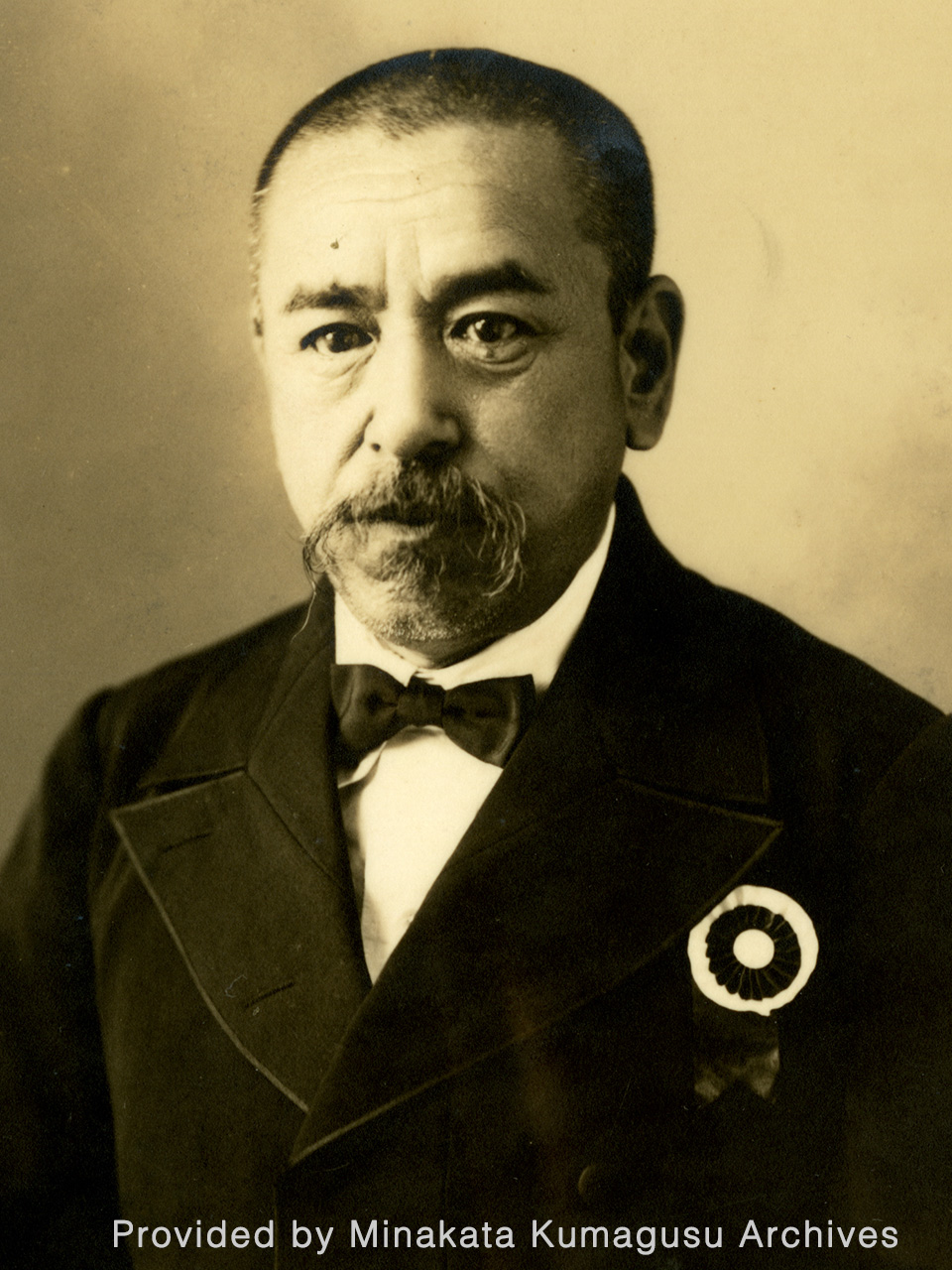
The “Minakata Mandala ” is a series of diagrams found in Kumagusu Minakata’s letters to his friend, the Shingon Buddhist monk Doyi Horyu. The most well-known version is from a letter dated July 18, 1903.
This diagram illustrates the interconnected causal relationships of the world. Minakata referred to the point where these relationships intersect most densely as the “Suīten” (convergence point). Furthermore, he theorized that new causal relationships are born from the interaction between these existing ones.
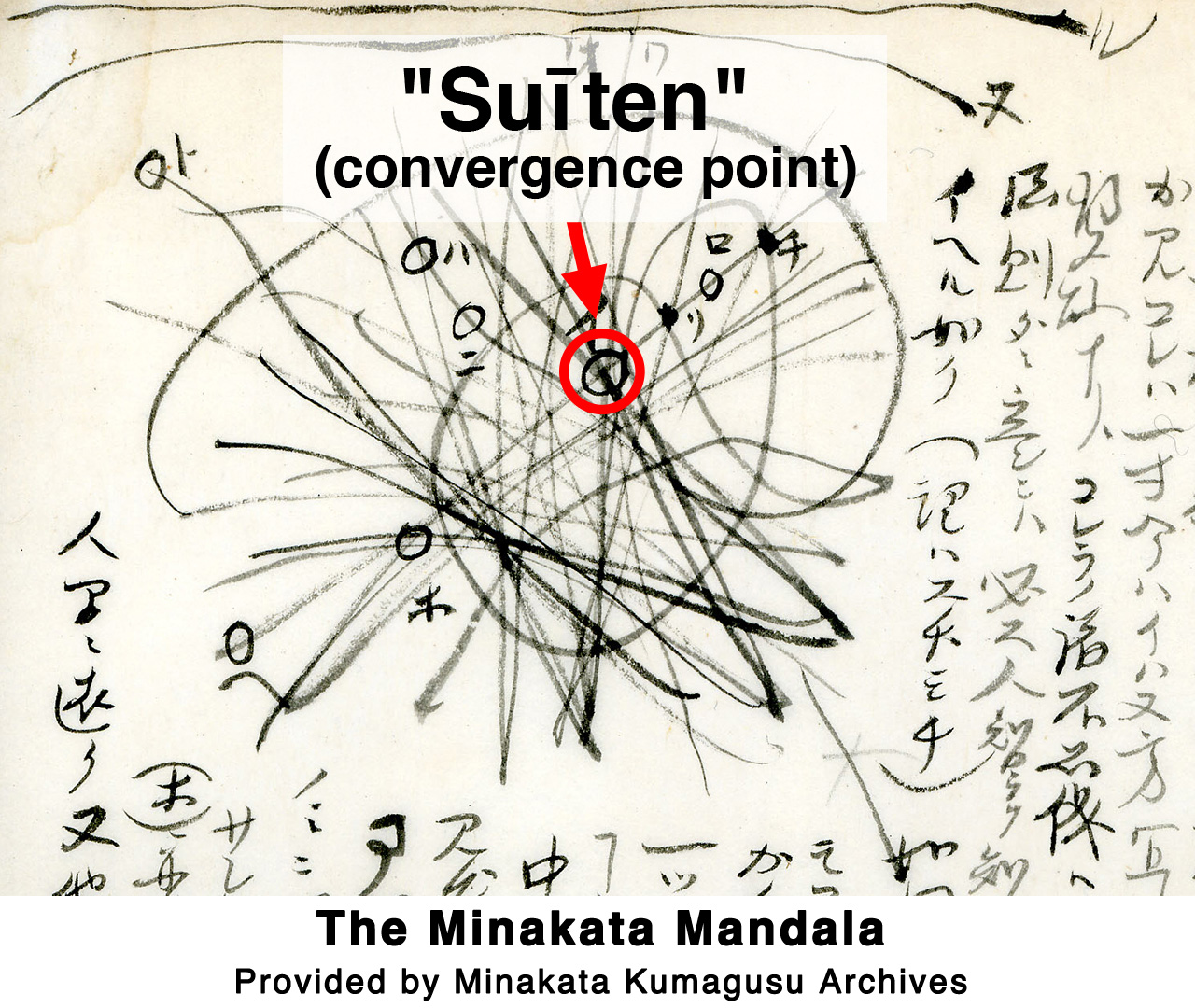

The Care-Fitter is a certified professional who knows how to provide the right kind of assistance to diverse individuals, including seniors and people with disabilities. They help create a society where everyone, regardless of age or disability, can participate fully. Their goal is to "fit the care" to the person and the situation.
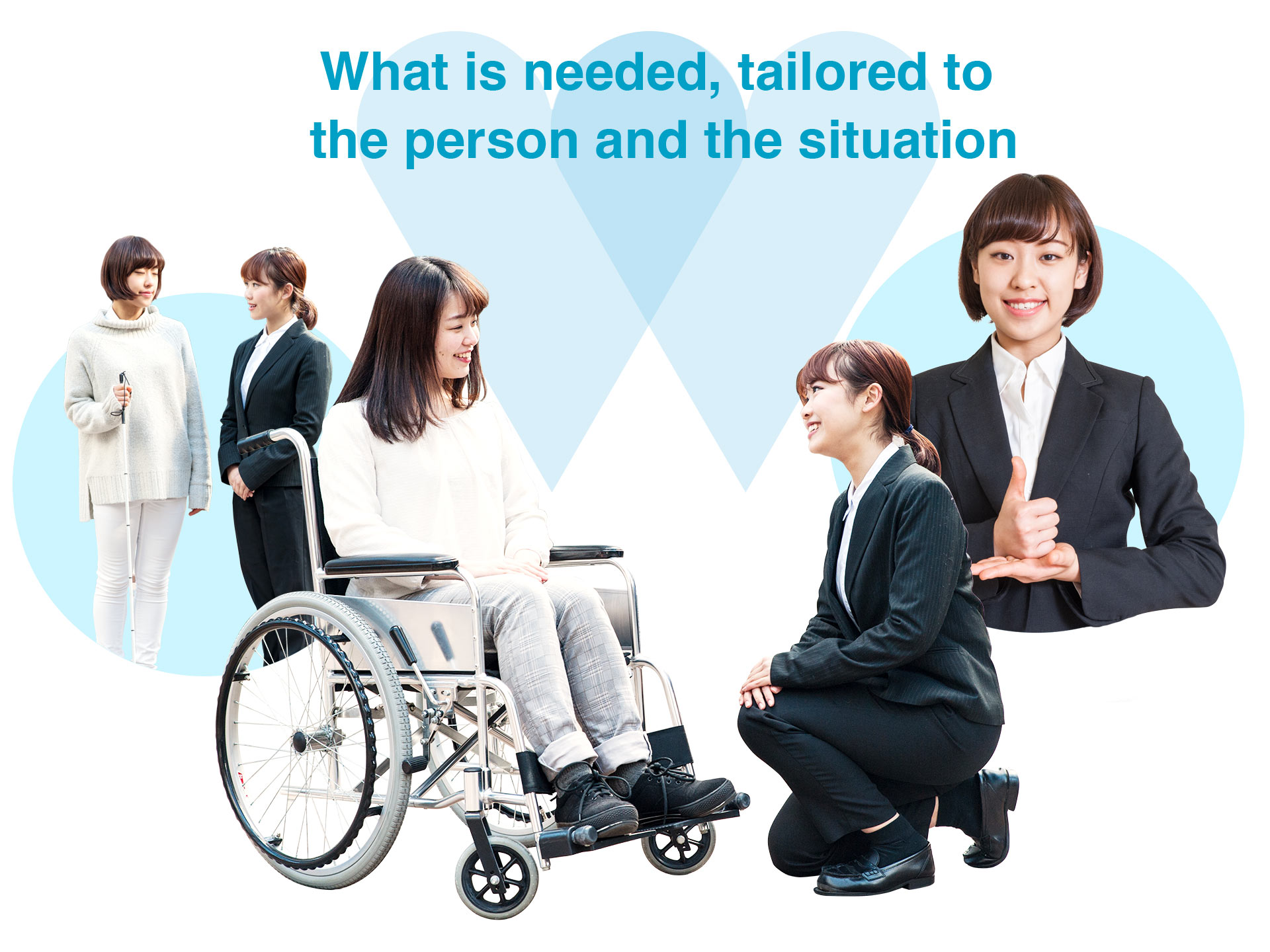
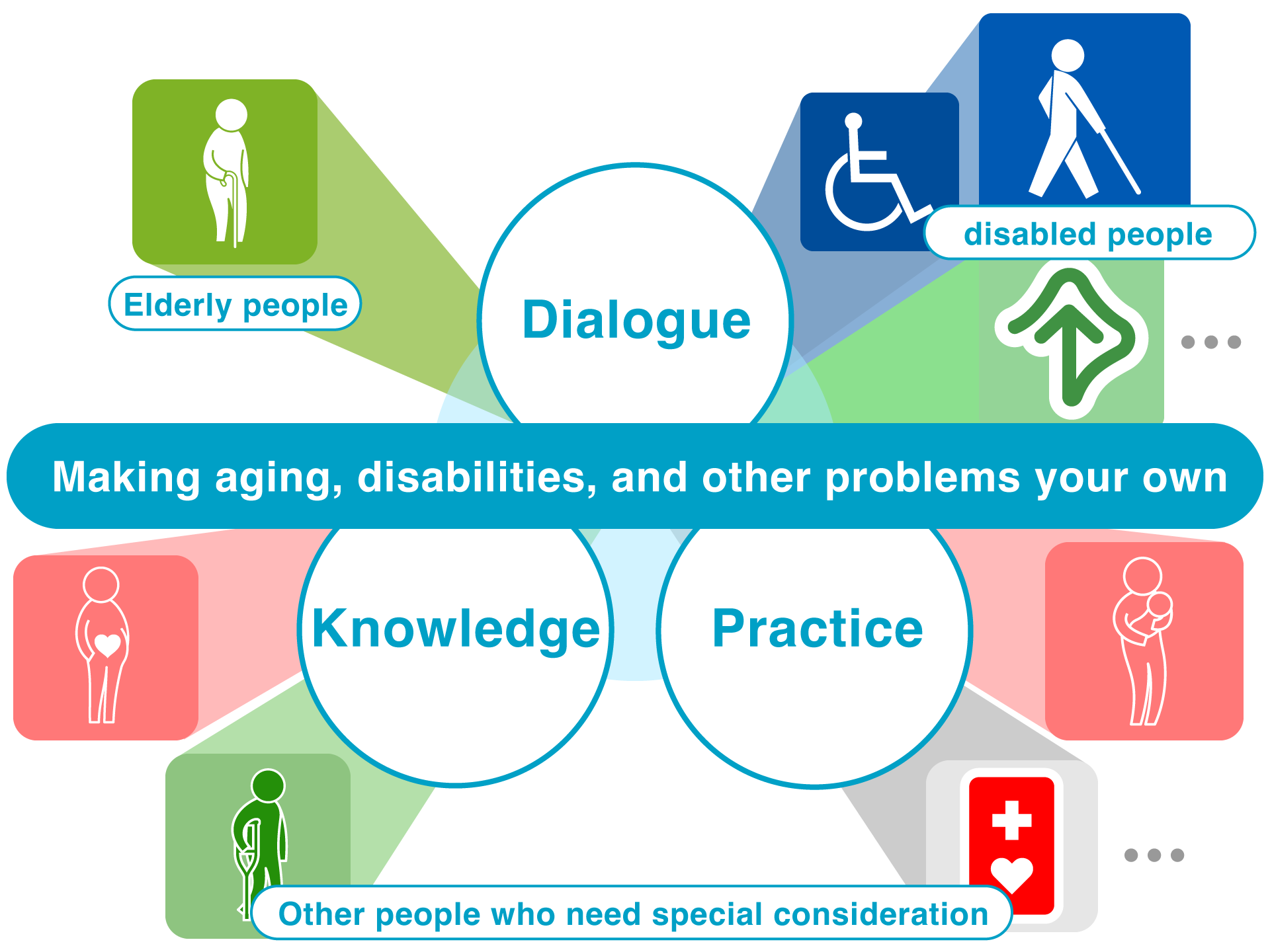


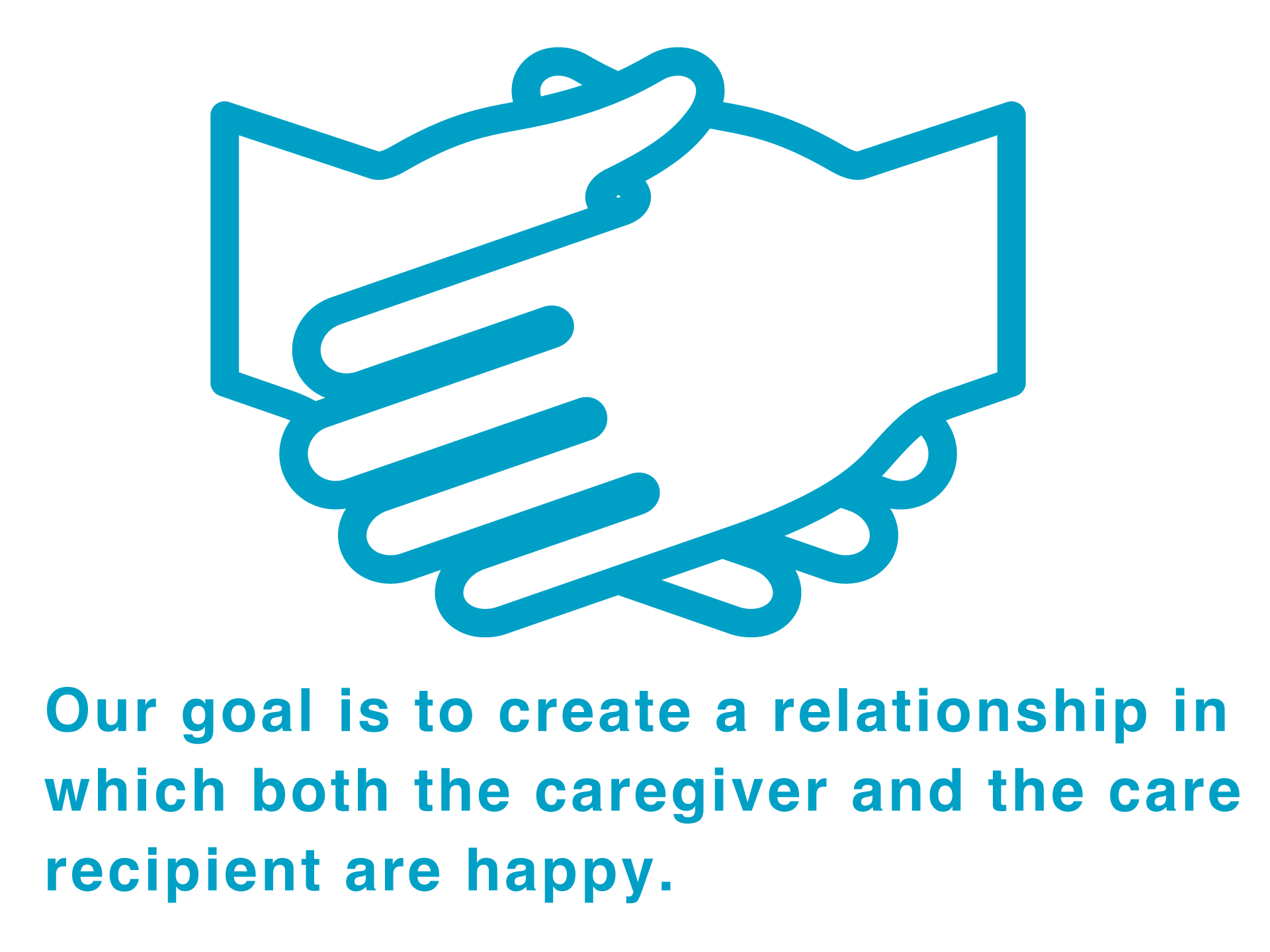

Kyushu Railway Company Employee Training Center In-house trainer
Born in Takeo City, Saga Prefecture. Graduated from Saga Prefectural Saga Agricultural High School, Department of Agricultural Engineering in March 1998. Joined Kyushu Railway Company in April 1998. Since joining the company, he has primarily worked in the engineering (track maintenance) department. Since 2023, he has been involved in employee training and human resource development as an in-house trainer at the employee training center.
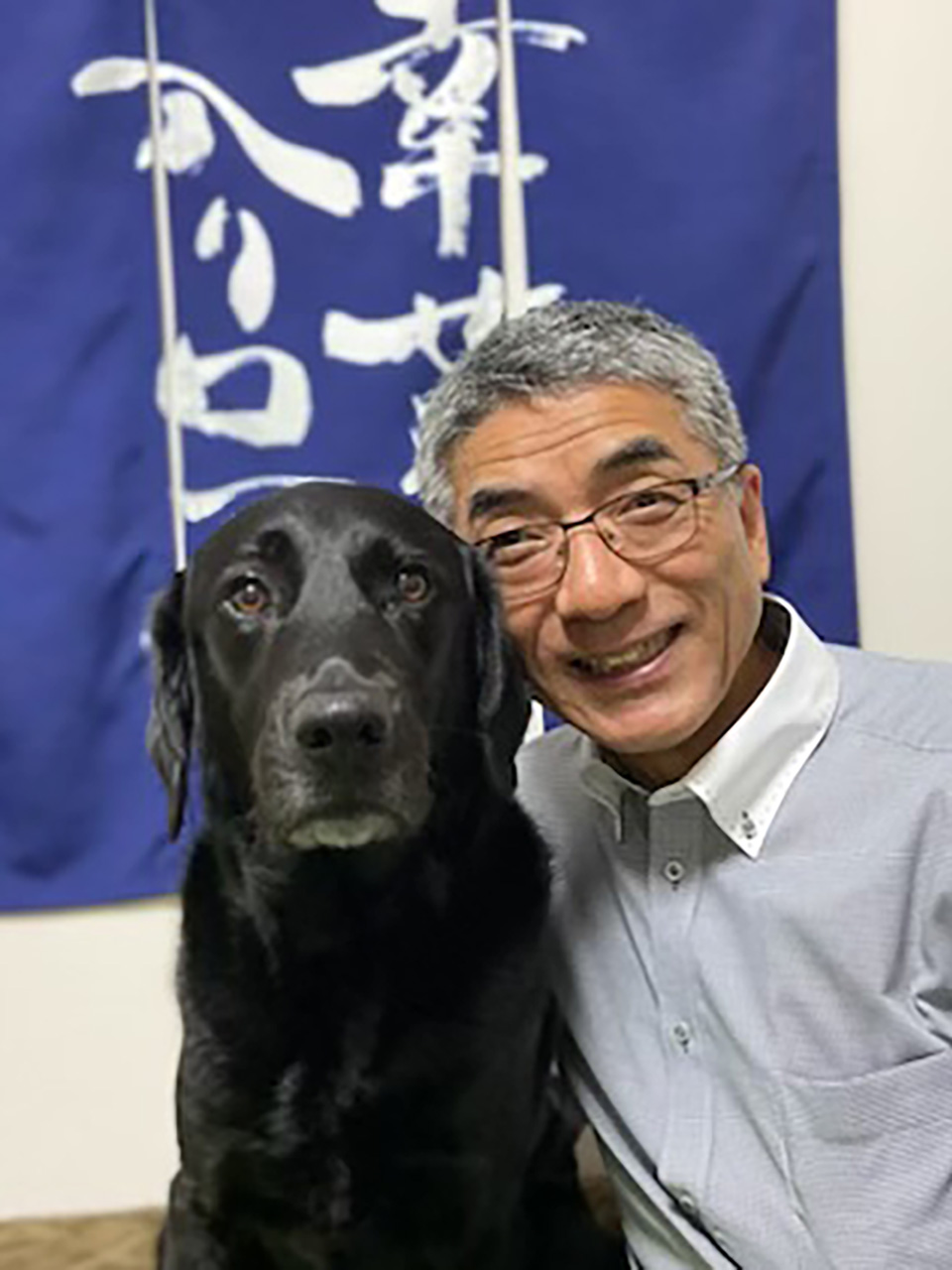
Owner of Shiawase no Iriguchiya and exclusive counselor at H2O Retailing Co., Ltd.
Originally from Mihara City, Hiroshima Prefecture. After graduating from high school, he joined Hankyu Hanshin Department Stores, working as a systems engineer in the computer department. In 1995, he developed retinitis pigmentosa, a rare eye disease said to be incurable. As his eyesight and field of vision deteriorated, he obtained a counseling qualification and was selected and appointed as the company’s first industrial counselor. He currently gives online lectures, runs the Shingan School, and holds communication classes (speaking classes).
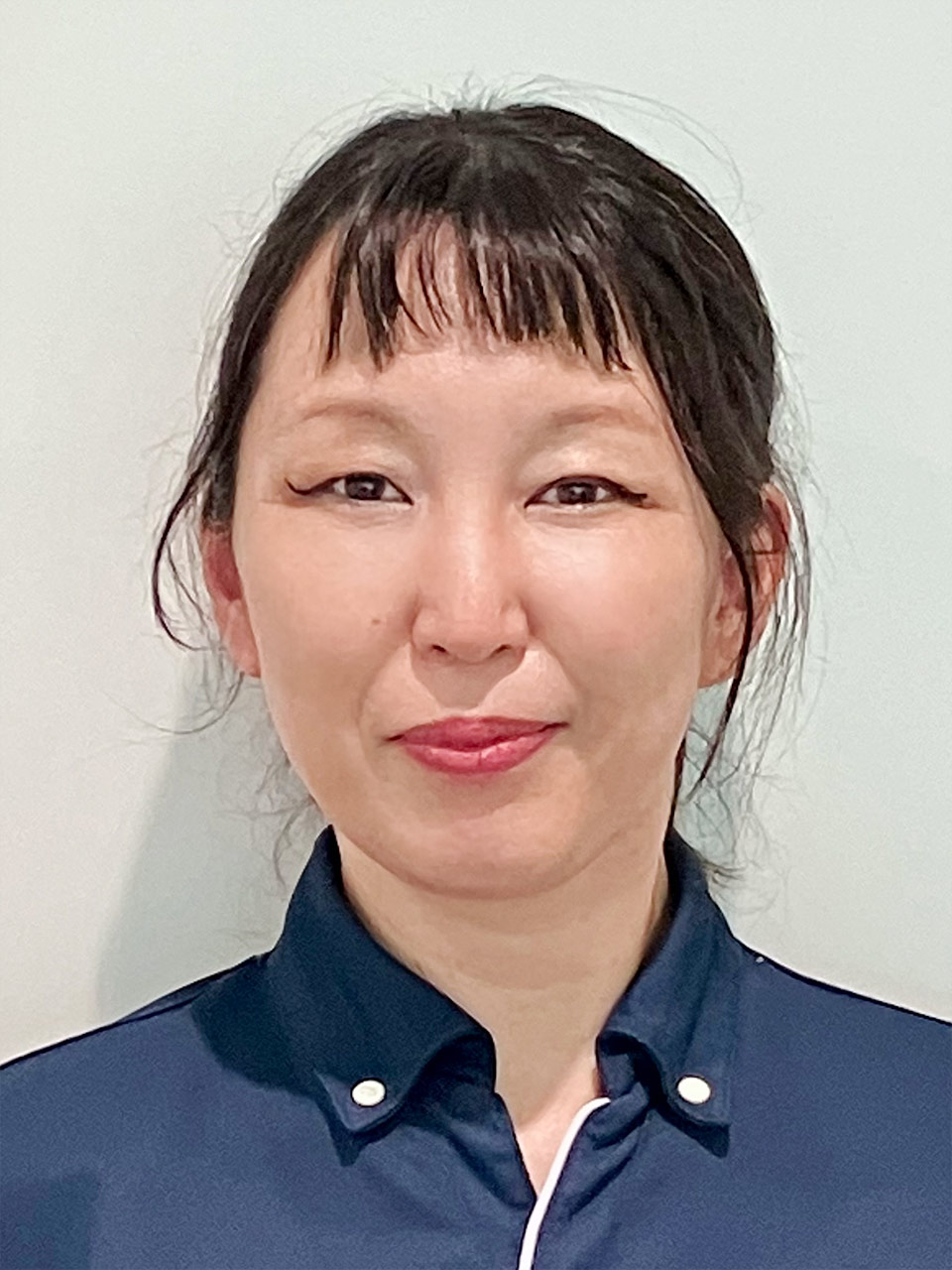
JR West Group's Special Subsidiary Company JR West Ai-Will Co., Ltd. Also serving as a Care-Fitter Advisor
Born in Kobe, Hyogo Prefecture. Joined JR West Aiwill four years ago. Currently working in the Healthcare Division.
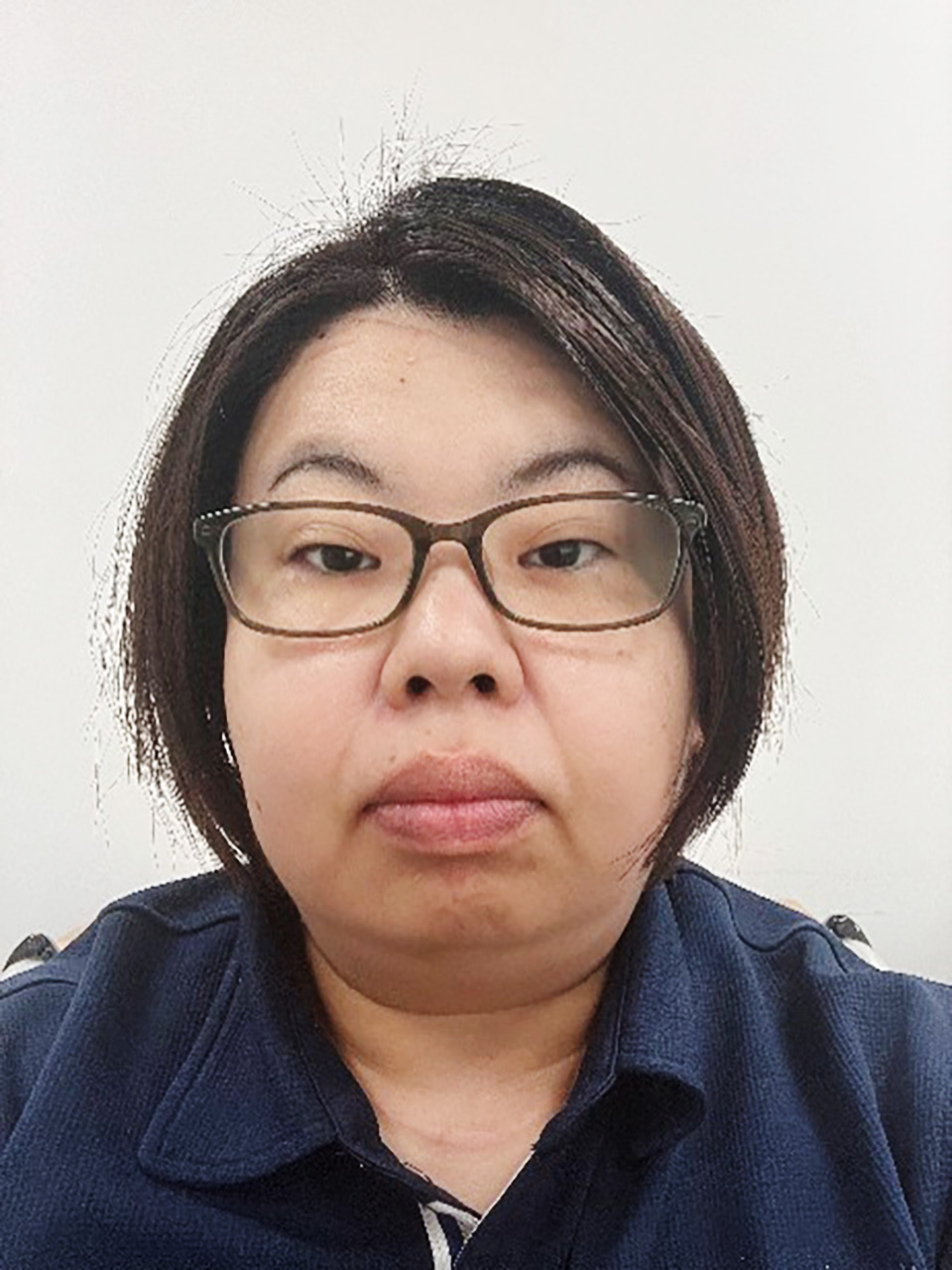
JR West Group’s Special Subsidiary Company JR West Ai-Will Co., Ltd. Also serving as a Care-Fitter Advisor
Born in Amagasaki, Hyogo Prefecture. Has been with JR West Aiwill for 15 years. Currently working in the General Affairs Department.
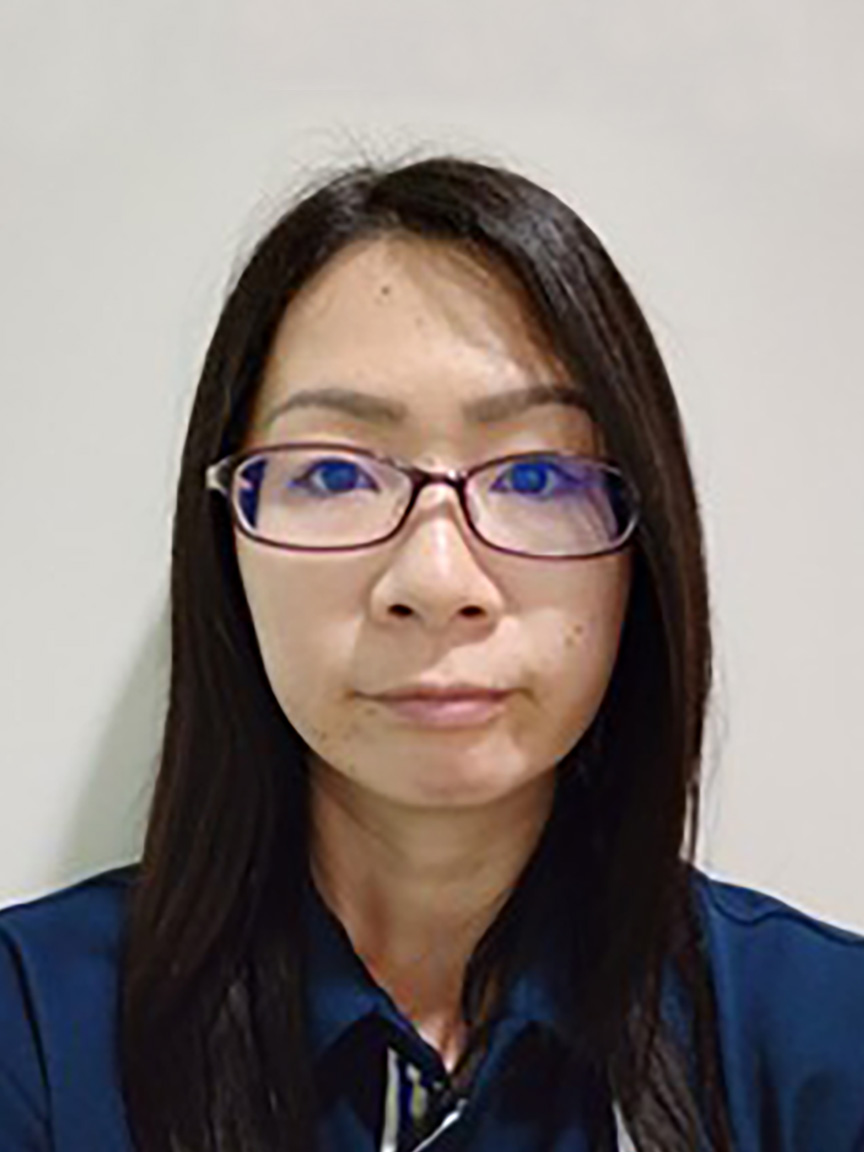
JR West Group’s Special Subsidiary Company JR West Ai-Will Co., Ltd. Also serving as a Care-Fitter Advisor
Born in Amagasaki, Hyogo Prefecture. After working at a securities company for 15 years, he joined JR West Aiwill one year ago. He currently works in the General Affairs Department.
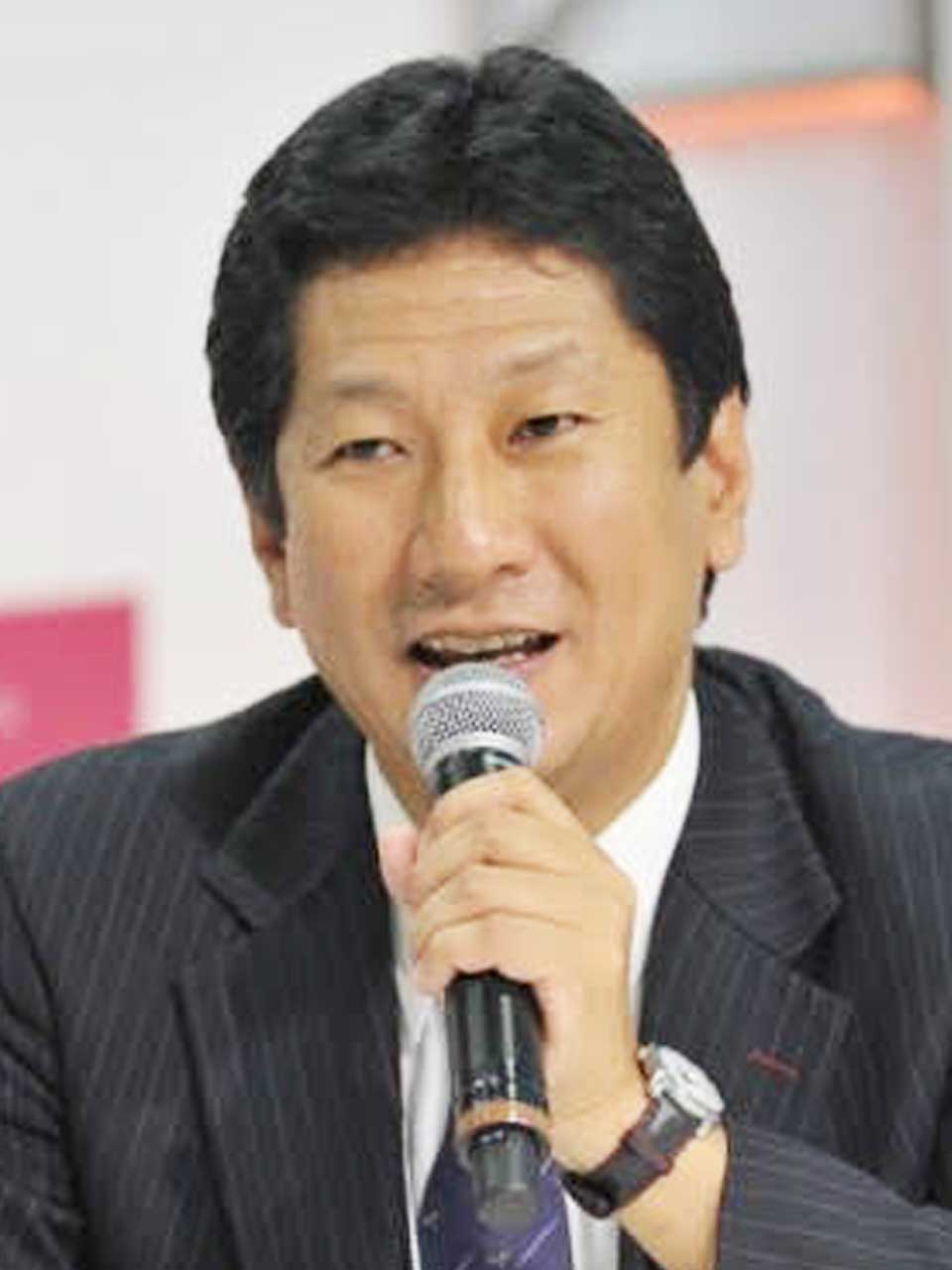
Professor, Faculty of Cross-Cultural and Japanese Studies, Kanagawa University Councilor, The Nippon Care-Fit Education Institute
Born in Matsuyama City, Ehime Prefecture in 1970. Graduated from International Christian University. Completed his Master of Business Administration (MBA) with a specialization in tourism at London Metropolitan University.
After working at Japan Airlines, Matsushita Institute of Government and Management, Korea Tourism Organization, Japan Research Institute, Tohoku Fukushi University, and Toyo University, he was appointed to his current position at Kanagawa University in April 2020.He is the President of the Japan Hospitality & Tourism Society.

Academic Staff, Minakata Kumagusu Museum
Born in Okayama Prefecture. Completed his doctoral coursework at the Graduate School of History, Folklore and Archival Science at Kanagawa University.Since 2012, he has been a part-time lecturer at the Faculty of Science, Kanagawa University. From 2013, he served as a part-time curator at the Ichikawa City Museum of History. Since 2021, he has been a curator at the Minakata Kumagusu Museum.
He specializes in cultural anthropology, folklore, museology, and cultural heritage science. His notable papers include “Opposition to Shrine Consolidation and Inherited Lion Dances: Kumagusu Minakata and the Shrines of Kamitonda ” and “Kumagusu Minakata’s Biological Mandala: A Gaze Towards All Living Things. ”
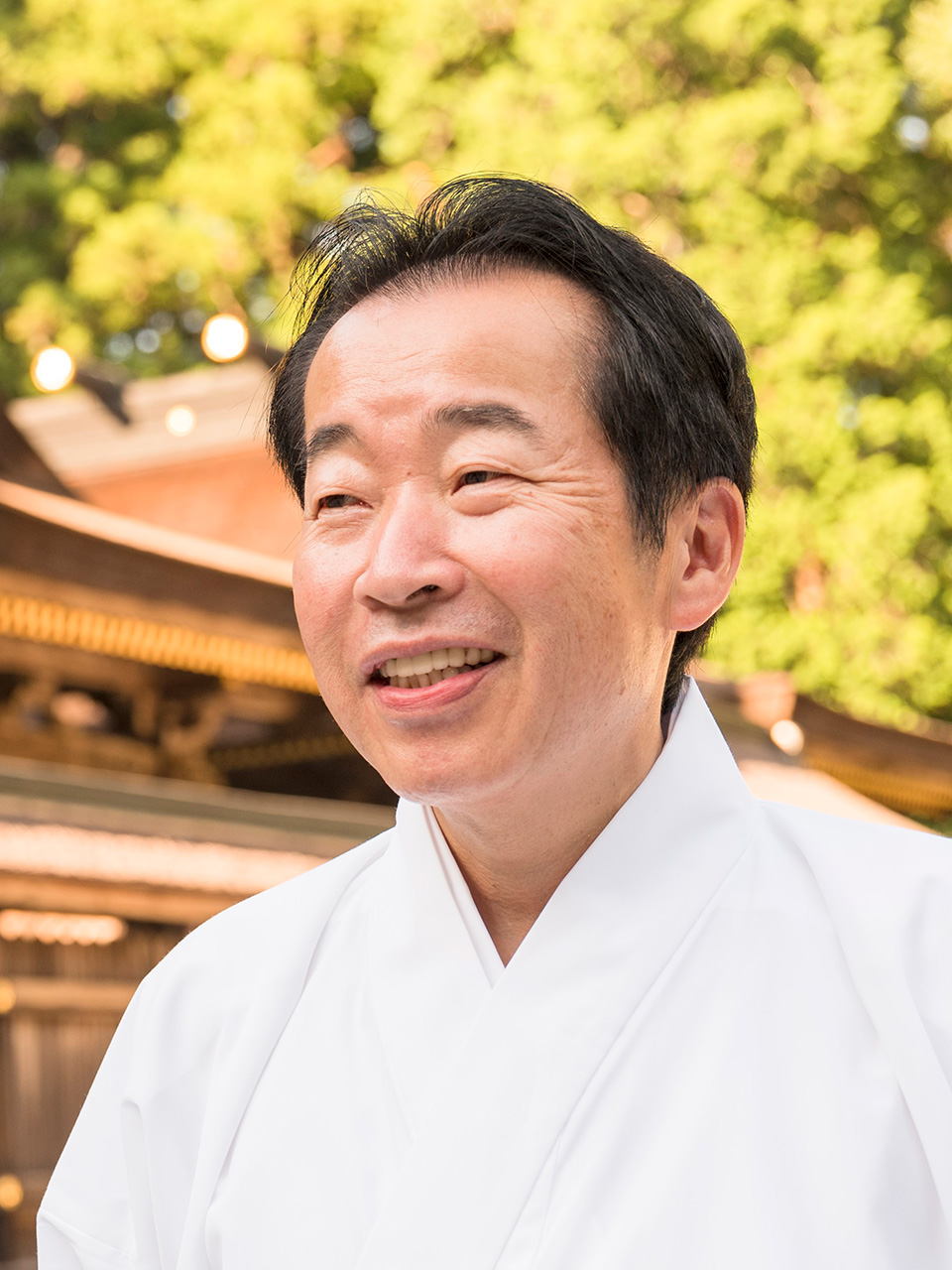
Chief priest of Kumano Hongu Taisha
Born in Wakayama Prefecture in 1956.After graduating from Kokugakuin University with a degree in Shinto Studies in 1979, he began his service at Meiji Jingu Shrine. In 1985, he started his service at Kumano Hongu Taisha, where he was appointed chief priest in 2001.In March 2016, he became the head of the Wakayama Prefectural Shinto Shrine Association. In January 2017, he was appointed head of the Nanki branch of the Urasenke Tankokai Foundation. In May 2019, he became a director of the Association of Shinto Shrines.He is the author of several books, including Kumano no Kami to Hotoke (The Gods and Buddhas of Kumano).
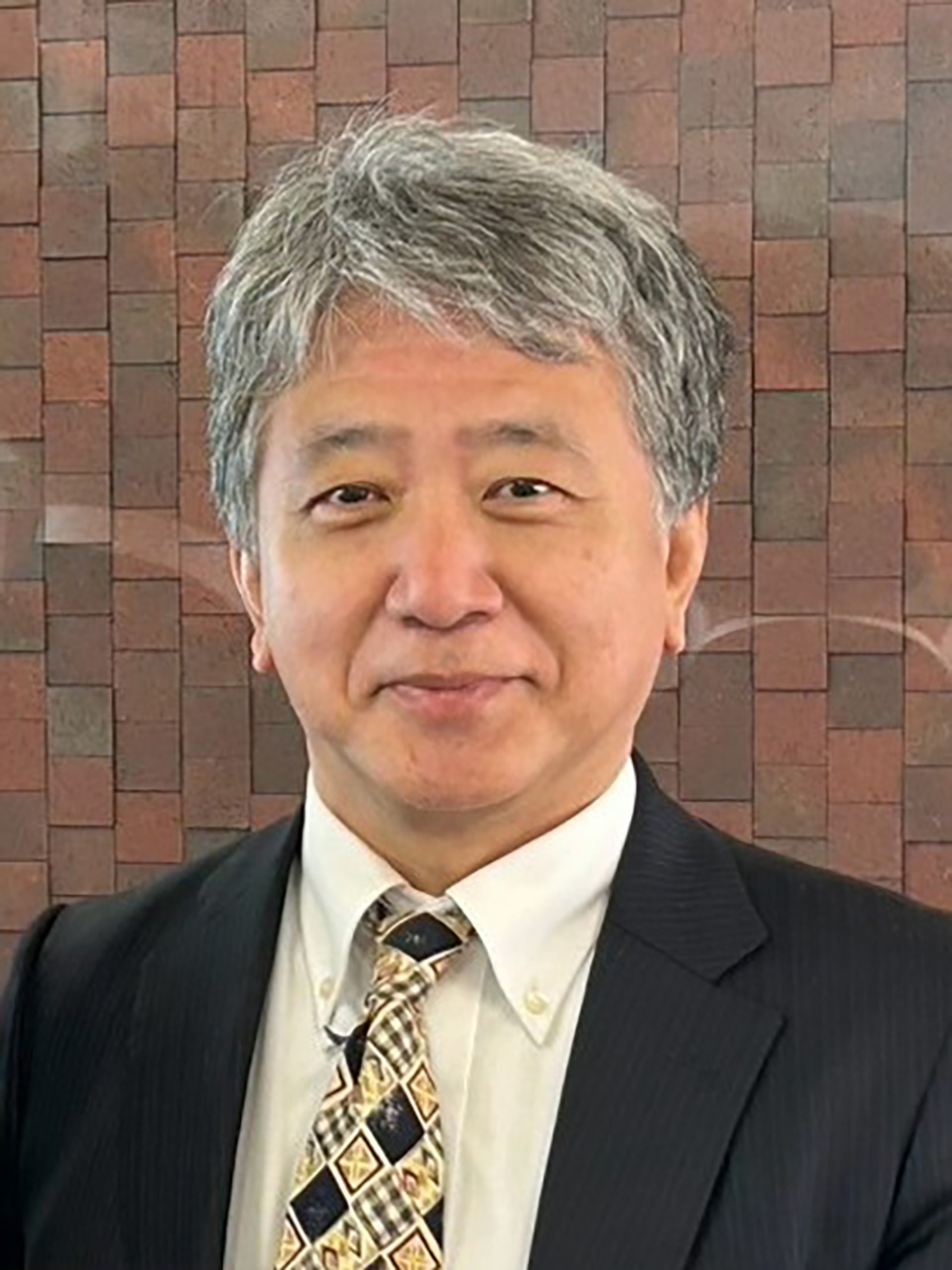
Director, Minakata Kumagusu Archives (Professor, Faculty of International Studies, Ryukoku University / Ph.D.)
Born in Kyoto Prefecture in 1964.He left the doctoral program at the University of Tokyo’s Graduate School of Arts and Sciences. After working as a lecturer for international students at the University of Tokyo and a visiting researcher at Cambridge University, he is currently a professor at the Faculty of International Studies at Ryukoku University and the director of the Minakata Kumagusu Archives.He is the author of several books, including Minakata Kumagusu: The Dream of All-Knowing (Asahi Shimbun Publishing, which received the Koizumi Yakumo Prize) and Minakata Kumagusu: A Vision of Binocular Scholarship (Keio University Press, which received the Kadokawa Culture Promotion Foundation’s Scholarly Award).

Visiting Professor, Faculty of Nursing and Social Work, Health Sciences University of Hokkaido Director, The Nippon Care-Fit Education Institute
I am currently studying the philosophy of gerontology, education, and bioethics as a lifelong educational practice for improving the quality of life for myself and others, including seniors and people with disabilities. This is achieved by incorporating human art and improvisational expression into both educational and disaster preparedness practices.
I have also developed a yoga and universal gerontology curriculum that includes individuals with intellectual disabilities, and I am actively researching and practicing teaching methods that are tailored to each person’s specific situation.
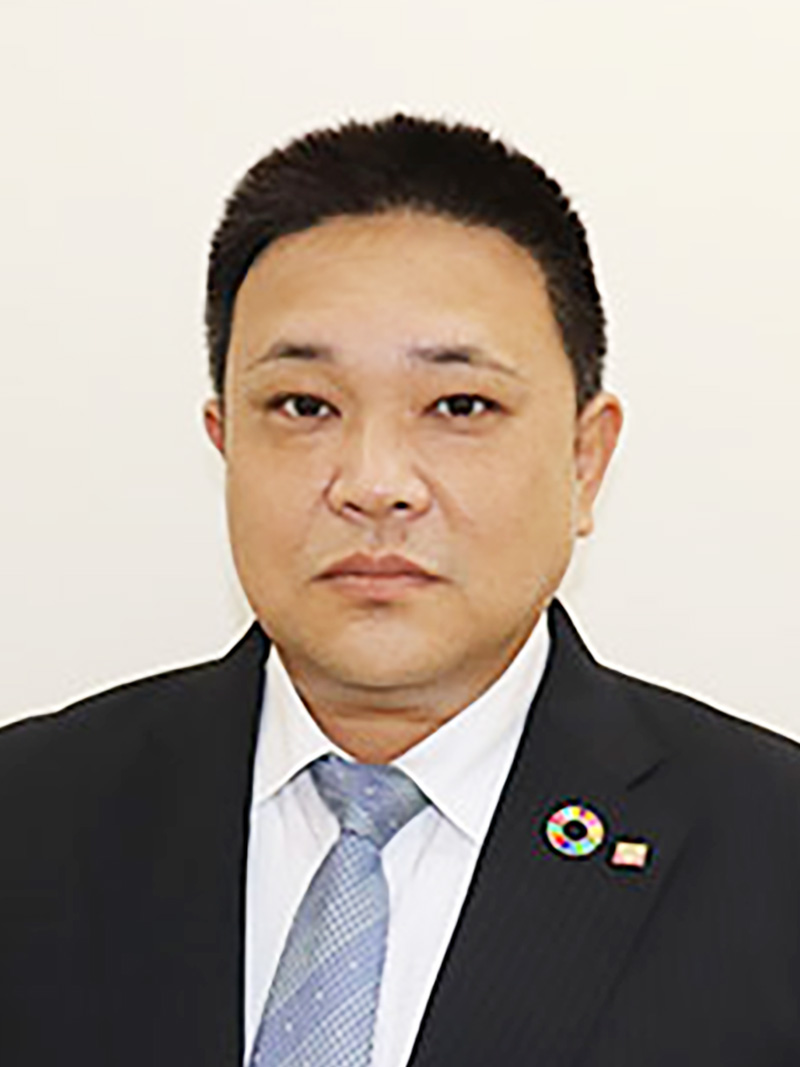
General Manager, Yokoodoji B Division Office, Kyoto City Transportation Bureau, Commissioned by MK Taxi Co., Ltd.
Born in Kyoto, Kyoto Prefecture. Graduated from Kyoto Private Ritsumeikan Uji High School. Joined MK Taxi Co., Ltd. in April 1999. After serving as the General Manager for special needs schools and the Director of the Training Center, he is currently the General Manager of the Yokoodoji B Division Office, which operates under contract with the Kyoto City Transportation Bureau. As the head of school buses for Kyoto City’s special needs schools, he uses his knowledge and experience to support students after graduation, helping them with commuting and leisure activities.
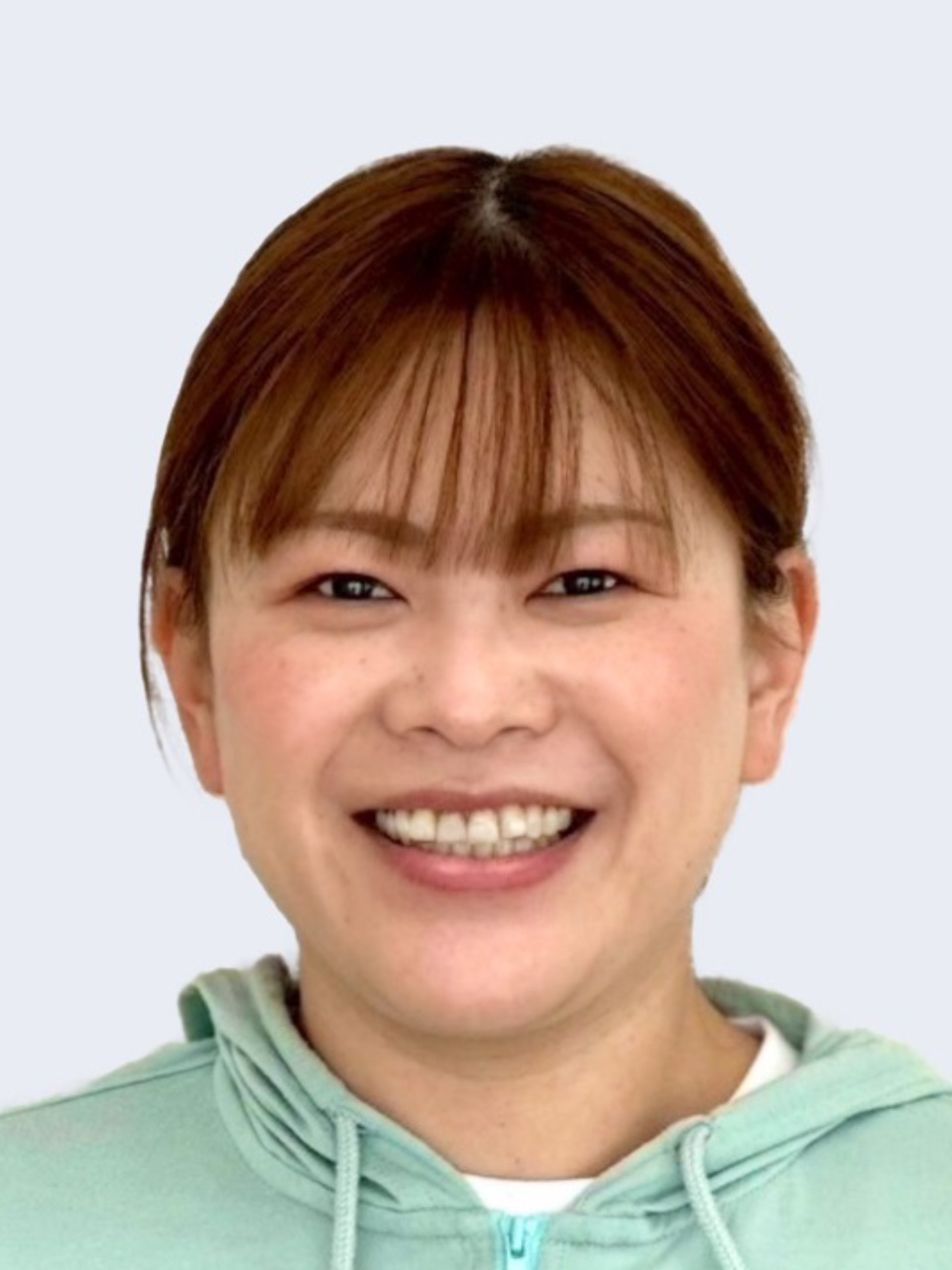
Team Leader, DOHO Group Noa-cube, Social Welfare Corporation Doho-kai
Born in Kyoto Prefecture. Graduated from the Department of Social Welfare at Kansai University of Social Welfare. While a student, she completed her social work internship at “Doho-no-ie.” After graduation, she joined the Social Welfare Corporation Doho-kai. She has primarily been involved in providing support for individuals with severe disabilities and is currently the Team Leader for “Noa-cube” (a daily life support program). Her areas of expertise include daily life support, care for people with severe behavioral challenges, and medical care.
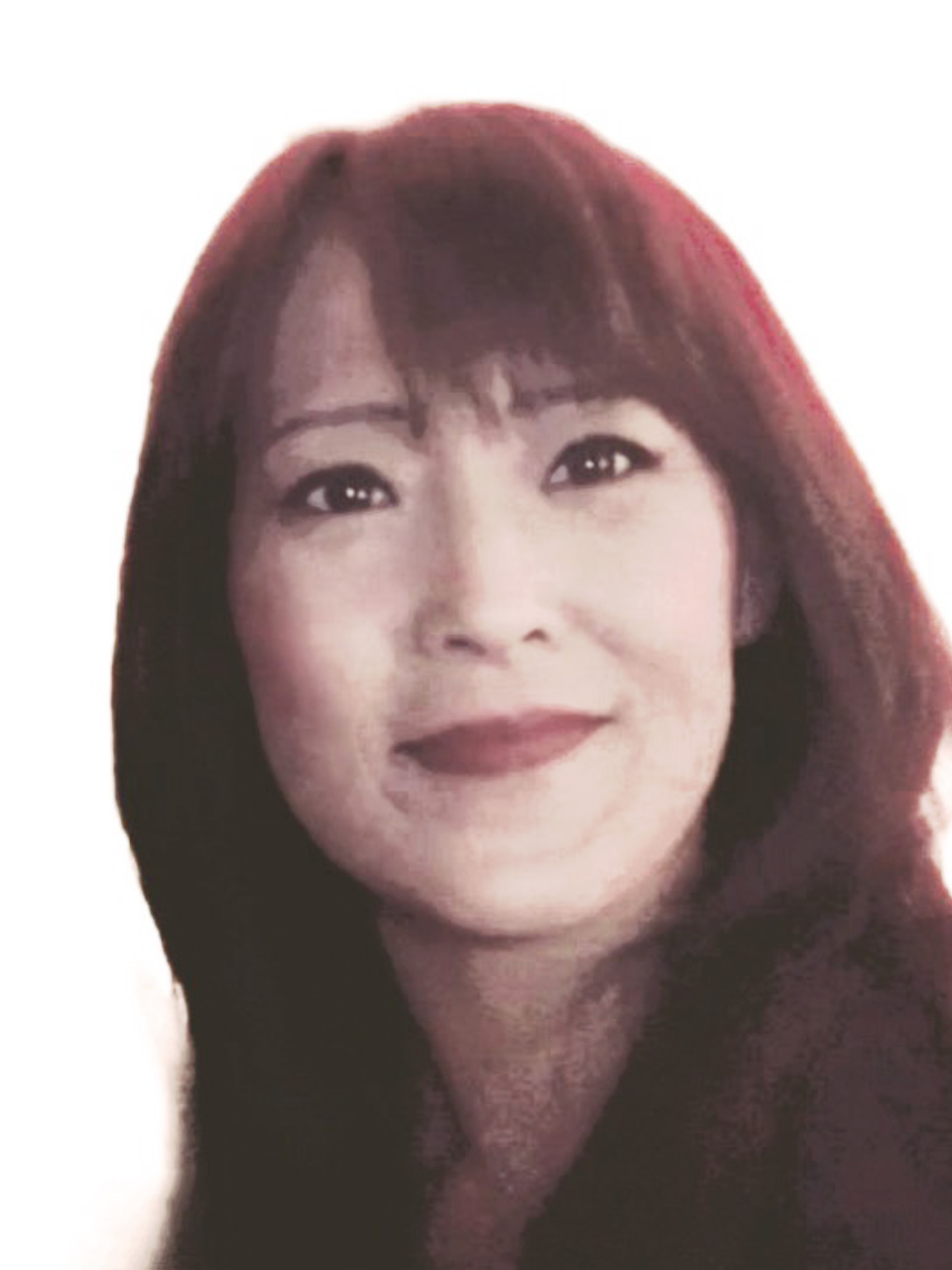
Mother of a child with autism and severe developmental delay
Born in Kyoto, Kyoto Prefecture. Graduated from Amuse Beauty College.
She is a mother of a child with autism and severe developmental delay. Using her experience gained from raising a child with a disability, she is engaged in disability welfare activities.
She works to ensure that people with disabilities receive the necessary support in the required systems. She also lobbies local government to create an environment where support workers can provide assistance more easily.
| Facilitators | Mitsuko Kiyama, Masayoshi Togashi, and Naoki Moriya, The Nippon Care-Fit Education Institute |
|---|---|
| Moderator | Kumi Mimura, The Nippon Care-Fit Education Institute |
President’s Address
An overview of the institute, what a Care-Fitter is, a summary and definition of gerontology, and an introduction to Kumagusu Minakata. This session will also cover the purpose of the conference and propose key questions.
Mr. Kurokawa will discuss the reasons for adopting the Care-Fitter system and the status of certified employees. He will then share his thoughts on the effectiveness of gerontology, highlighting how it has led to changes in employee behavior and customer service.

Mr. Nishikame, who is visually impaired, will speak about how he discovered a “door to happiness” by learning to “see the unseen.” He will also discuss the role of H2O Retailing, a key part of the Hankyu Hanshin Toho Group’s distribution sector, in community development, examining the necessary elements of gerontology from his perspective.

Three individuals with disabilities, who work at a special subsidiary of the JR West Group and serve as Care-Fitter advisors for practical training, will discuss their roles. They will also consider what they hope society will provide as they reflect on gerontology from the perspective of someone living with a disability.



Professor Shimakawa will talk about the skills gained in Care-Fitter courses to understand the needs of others and the intersection of gerontology with the work of Care-Fitters in the hospitality industry.

The panel will explore why gerontology is essential in today’s world, whether Care-Fitters embody the principles of gerontology, and how the two can become more deeply integrated in the future.
This discussion will feature individuals with diverse relationships with people with disabilities, including a mother of a child with severe intellectual disabilities, a life support worker at a facility for people with severe disabilities, and a school bus driver. From their unique perspectives, they will discuss gerontology for people with disabilities and advocate for a future inclusive society where every individual’s life shines brightly.



Chief Priest Kuki will discuss why Kumano, a registered World Heritage site, is known as a sacred land of rebirth. He will also explore why Minakata loved Kumano and spent his final years there, focusing on Minakata’s dedication to environmental conservation through his opposition to shrine consolidations.

Mr. Mimura will provide a chronological overview of Minakata’s life, his worldview, his family, and his personality, including anecdotes about his meeting with Emperor Showa.

Professor Matsui will explain the meaning of the “Minakata Mandala,” a diagram drawn in a letter to Doyi Horyu, who would later become the head priest of the Koyasan Shingon sect. He will delve into the concept of the “Suiten,” the point where the lines in the mandala converge most densely, guiding the audience toward a deeper understanding of Minakata’s overall philosophy.

This panel will compare the core concepts and overall vision of Kumagusu Minakata with gerontology. The discussion will explore what is needed to "train our eyes to see the unseen" from various perspectives.
The conference will conclude by identifying the new values of gerontology and proposing a new definition for it. The participants will then swear to create a harmonious, inclusive space where everyone can converge and thrive, just like the "Suiten" in the Minakata Mandala. The findings and vision will be broadcast to the world, offering a proposal for designing a vibrant future society.

Tokyo Office: 2-2-6 Kanda-Misakicho, Chiyoda-ku, Tokyo 101-0061,JAPAN phone:+81-3-6261-2333 facsimile :+81-3-6261-23334
Osaka Offce:21-Shinsaibashi 5F/6F, 1-7-30 Higashi-Shinsaibashi, Chuo-ku, Osaka-shi, Osaka-fu 542-0083,JAPAN
phone:+81-6-6251-6101 facsimile :+81-6-6251-6102
Yamanashi Office:Care-Fit Farm (Employment Support Service for People with Disabilities) 650 Enzan Aka‘o, Koshu-shi, Yamanashi-ken 404-0033,JAPAN phone:+81-553-39-8681 facsimile:+81-553-39-8682